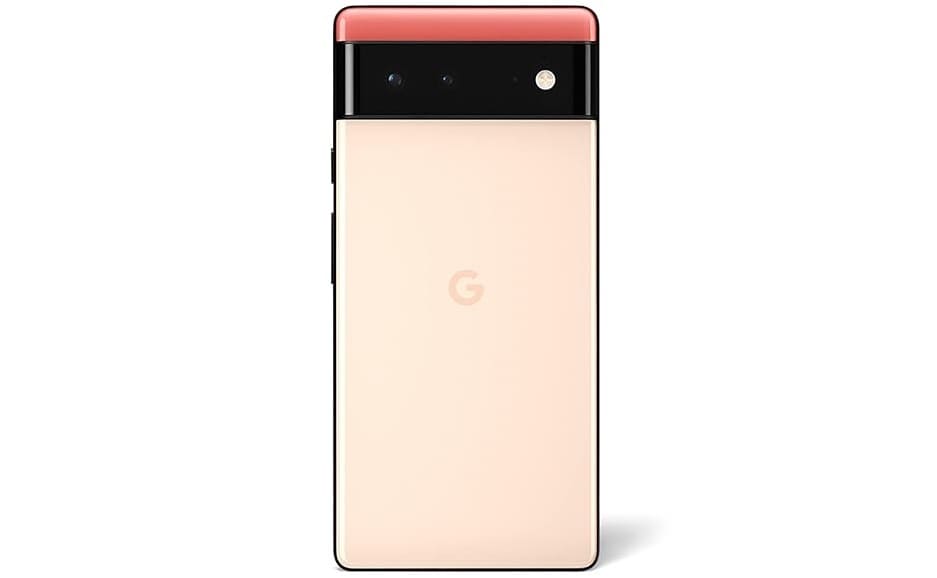In this troubleshooting guide, we will discover reasons for Google Pixel 6 Overheating Issues and provide particular solutions to help you cool down your phone and ensure top performance.
Steps to Troubleshoot Google Pixel 6 Overheating Issues
1. Check for Software Updates:
Keeping your Google Pixel 6’s software up to date is essential for overall performance and virus fixes. Google often releases updates that include optimizations to cope with troubles like overheating. Check for updates in your device settings under “System” and “Software update.”
2. Optimize App Usage:
Running multiple apps concurrently can strain your device’s resources and contribute to overheating. Close unused apps from the apps menu to free up memory and decrease processor load. Ensure all apps are up to date. Developers launch updates with optimizations, and running outdated apps can now and then result in compatibility problems and overheating.
3. Monitor Background Processes:
Some apps continue to run in the background, consuming resources and generation heat. In the settings, beneath “Battery” or “Apps,” review and restrict background methods for apps to relieve the strain on your device.
4. Screen Brightness and Timeout:
High display brightness and prolonged display timeout can contribute to overheating. Adjust the brightness to a low level, and remember to lower the display timeout duration to maintain power and decrease heat. Use the adaptive brightness feature within the display settings. This automatically adjusts the display screen brightness primarily based on ambient light conditions, optimizing energy utilization and minimizing heat.
6. Avoid Overcharging:
Overcharging can generate excess heat. Once your Google Pixel 6 is fully charged, unplug it without delay to prevent pressure on the battery and potential overheating. Ensure that you are using the charger that came in with your Google Pixel 6. Third-party chargers won’t offer optimized charging situations.
7. Limit Background Services:
Continuous use of location services can contribute to overheating. Disable location settings for apps that do not require them, or use battery-saving modes to restrict GPS utilization. Background syncing of apps and services can also pressure the device. Disable auto-sync for apps that don’t need steady updates, and manually sync whilst essential.
8. Ventilation and Cooling:
Cases, in particular the ones made from substances that attract heat, can contribute to overheating. Remove the telephone case to allow higher air to go with the flow and warmth dissipation. Exposure to direct sunlight can drastically increase the device’s temperature. Keep your Google Pixel 6 in the shade or a cool environment to save your device from overheating.
9. Check for Software Glitches:
A clean restart can help fix software program device faults contributing to overheating. Turn off your Google Pixel 6, wait for a few seconds, and turn it back on. If overheating issues persist, a factory reset can be essential. This will revert the device to its default state, resolving software program device faults.
10. Evaluate Background Downloads:
Large file downloads or updates within the background can strain your Google Pixel 6. Pause or cancel any ongoing downloads.
Conclusion
By implementing the provided solutions, users can effectively address Google Pixel 6 overheating issues and gain insight into and manage the root causes of the problem.
Also read: Google Pixel 6 Slow Charging Issues? Here’s How You Can Fix
